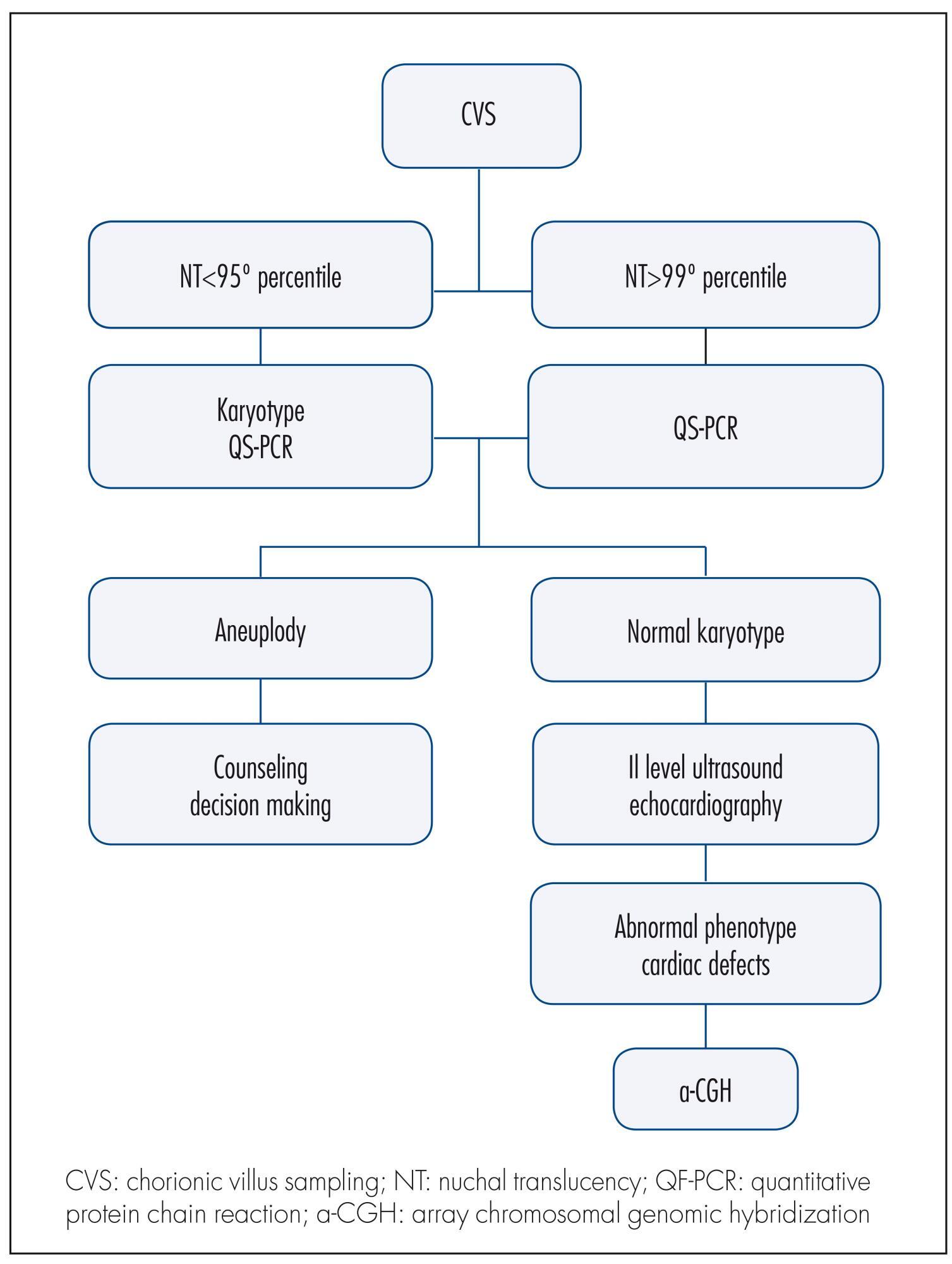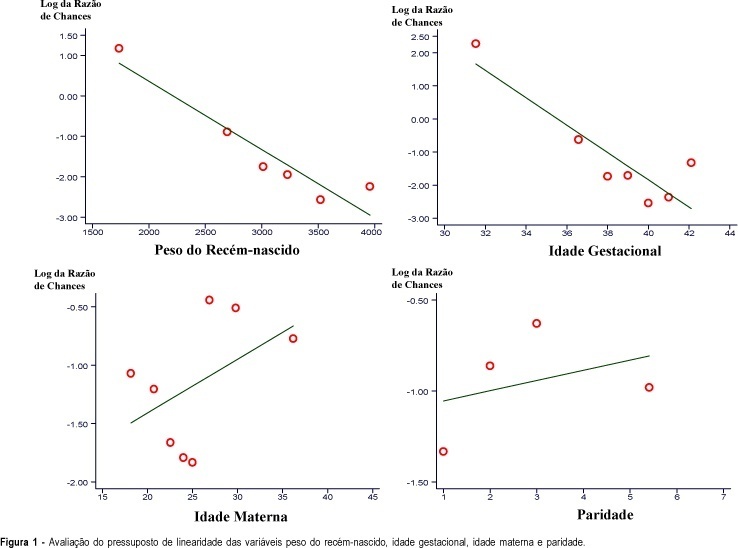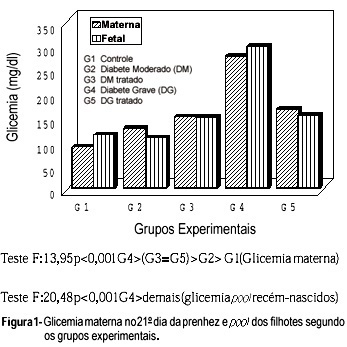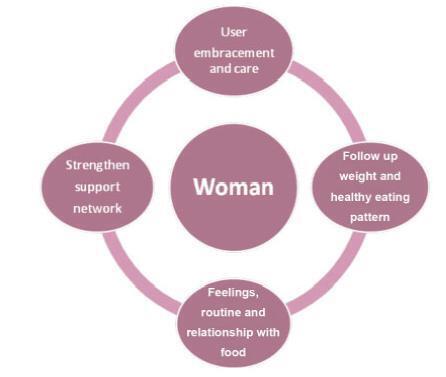Summary
Revista Brasileira de Ginecologia e Obstetrícia. 2009;31(4):189-195
DOI 10.1590/S0100-72032009000400006
PURPOSE: to identify species of lactobacillus isolated from the vaginal contents of healthy and asymptomatic women, determining the most prevalent species and characterizing them phenotypically. METHODS: lactobacillus have been isolated in selective milieu from samples of the vaginal contents of 135 women without complaints of vaginal secretion, and with negative laboratorial diagnosis of vaginal infection, followed up at an outpatient clinic. After being identified by multiplex PCR, the isolates have been submitted to RNAr 16S gene sequencing, when necessary. They have also been evaluated concerning the production of lactic acid, H2O2, bacteriocins and the ability to adhere to epithelial cells. RESULTS: eight-three lactobacillus strains were isolated and identified, L. crispatus (30.1%), L. jensenii (26.5%), L. gasseri (22.9%) e L. vaginalis (8.4%), being the prevalent species. Only 20 of those isolates did not present H2O2 production, in detectable amounts. From the 37 strains selected for the test of adhesion to the epithelial cells, 12 presented 50 to 69% of adhesion, 10 presented 70% or more, and the remaining, little or no adhesion at all. None of the tested strains produced bacteriocins. CONCLUSIONS: the lactobacillus species more prevalent in women without vulvovaginitis, isolated in selective culture milieu and identified by molecular methods were L. crispatus, L. jensenii and L. gasseri. Besides the fact of being more prevalent, these strains also presented better production of H2O2, and reached lower pH values in the culture milieu.
Summary
Revista Brasileira de Ginecologia e Obstetrícia. 2014;36(5):189-191
DOI 10.1590/S0100-7203201400050001

Summary
Revista Brasileira de Ginecologia e Obstetrícia. 2022;44(1):19-24
To evaluate whether there is an effect of the physician who transfers the embryos on pregnancy rates in in vitro fertilization-intracytoplasmic sperm injection (IVF-ICSI) treatment.
A total of 757 participants were analyzed between 2012 and 2017. Participants were classified according to 3 physicians who transferred the embryos: ([group 1=164 patients]; [group 2=233 patients]; [group 3=360 patients]). Baseline parameters and IVF-ICSI outcomes were compared between the groups.
No differences were determined between the groups regarding the baseline parameters (age, age subgroups [20-29, 30-39, and ≥ 40 years old)], body mass index (BMI), smoking status, infertility period, cause of infertility, baseline follicle stimulating hormone, luteinizing hormone, estradiol (E2), thyroid stimulating hormone, prolactin levels, antral follicle count, duration of stimulation, stimulation protocol, gonadotropin dose required, maximum E2 levels, progesterone levels, endometrial thickness on human chorionic gonadotropin (hCG) administration and transfer days (p>0.05). The numbers of oocytes retrieved,metaphase II (MII), 2 pronucleus (2PN), transferred embryo, fertilization rate, day ofembryo transfer, the catheter effect and embryo transfer technique, and clinical pregnancy rates (CPRs) were also comparable between the groups (p>0.05).
Our data suggests that the physician who transfers the embryos has no impact on CPRs in patients who have undergone IVF-ICSI, but further studies with more participants are required to elucidate this situation.

Summary
Revista Brasileira de Ginecologia e Obstetrícia. 2000;22(1):19-26
DOI 10.1590/S0100-72032000000100004
Purpose: to evaluate gestational and delivery complications as risk factors for perinatal death. Methodology - Patients: the cases (perinatal deaths) were identified among a total of 3,031 deliveries from the maternity of the Rio de Janeiro State Military Police. Methods: the study design was a nested case-control one. Cases (n = 82) were perinatal deaths with a minimum gestational age of 28 weeks or a weight of 1,000 g. Controls (n = 246) were live babies for the first week of life. The analysis was made in three steps: univariate, stratified and multivariate (logistic regression). Results: the gestational complications showed an odds ratio of 4.21 and the delivery complications, 5.26. The newborn weight showed an OR = 0.999 per gram over 1,000 g weight. The gestational age showed an OR = 0.729 per week of gestation over 28 weeks. Conclusions: the gestational complications and the delivery complications were important risk factors for perinatal death. The gestational age and the weight of the newborn were important protective factors.

Summary
Revista Brasileira de Ginecologia e Obstetrícia. 1998;20(1):19-24
DOI 10.1590/S0100-72031998000100004
Fetal and placental effects of insulin therapy on pregnancy of diabetic rats were studied. Alloxan was administered intravenously at the dose of 42 mg/kg of body weight. Five experimental groups were formed: control (G1, n=12), non-treated rats with moderate diabetes (G2, n=10), insulin-treated rats with moderate diabetes (G3, n=11),non-treated rats with severe diabetes (G4, n=12) and insulin-treated rats with severe diabetes (G5, n=10). Six hundred and thirty-four newborn rats and placentas wereprocured. The perinatal result of insulin therapy was directly related to the quality of glycemia control. Thus, inadequate control of moderate diabetes produced levels of moderate hyperglycemia, did not interfere with the newborn rats' body weight and decreased the proportion of LGA newborn rats. Adequate control of severe diabetes brought the newborn rat glycemia to normal levels, increased the newborn rats' body weight and decreased the proportion of SGA newborn rats. Adequate insulin therapy for severe diabetes diminished the weight of the placentas, but did not change the placental index.

Summary
Revista Brasileira de Ginecologia e Obstetrícia. 2020;42(1):19-25
To explore the experiences of women with obesity regarding self-care and the care provided by their families and health team after childbirth.
A clinical qualitative study performed at the Postnatal Outpatient Clinic of Hospital da Mulher, Universidade Estadual de Campinas, Brazil. The sample was selected using the saturation criteria, with 16 women with obesity up to 6 months after childbirth.
The analysis comprised three categories: 1) postnatal self-care; 2) family support for woman after childbirth; and 3) postnatal health care service for women with obesity.
Women with obesity need support from the health team and from their families after childbirth, when they are overwhelmed by the exhausting care for the newborn. The present study reveals how important it is for health care professionals to broaden their perception and care provided after childbirth for women with obesity so they may experience an improvement in their quality of health and of life.

Summary
Revista Brasileira de Ginecologia e Obstetrícia. 2010;32(1):19-35
DOI 10.1590/S0100-72032010000100004
PURPOSE: failed attempted abortions with the use of misoprostol (Cytotec®) without medical indication have been associated with the occurrence of congenital malformations. The objective of the present study was to identify, in newborns with malformations and in normal controls, the frequency of exposure to misoprostol and the spectrum of associated malformations. METHODS: this was a case-control study involving a daily survey at four public maternities in Fortaleza (CE) for the identification of newborns with malformations and paired controls (1:1) during the period from July to November 2005. The sample comprised 252 parturients interviewed by a trained team by means of a structured questionnaire based on the Latin American Collaborative Study of Congenital Malformations (Estudo Colaborativo Latino-Americano de Malformações Congênitas, ECLAMC). The questionnaire was used to obtain sociodemographic data and a family history of malformations, as well as to identify diverse forms of exposure during pregnancy, including misoprostol. Bivariate analysis and the chi-square test were used to compare cases and controls regarding their characteristics and factors associated with malformation, and the Odds Ratio was calculated to determine the chance of the Case Group to present malformations as compared to the Control Group after exposure to misoprostol. RESULTS: there were no significant differences between groups regarding most of the risk factors for malformations investigated. Attempted abortion was reported by 6.8% of the mothers, with a higher exposure to misoprostol during pregnancy resulting in a greater proportion of malformed newborns, Odds Ratio (OR)=3.65 (95%CI=0.74-17.91). The spectrum of congenital defects encountered with exposure to misoprostol included defects of the central nervous, musculoskeletal, urogenital and cardiovascular systems, in agreement with literature data. CONCLUSION: the findings of this study suggest that fetuses exposed to misoprostol tend to be at higher risk of developing congenital malformations in comparison to non-exposed fetuses. Other studies should be encouraged for a better identification of the damage caused by the improper use of misoprostol, especially in countries where the control of medication is inadequate.
Summary
Revista Brasileira de Ginecologia e Obstetrícia. 2008;30(1):19-24
DOI 10.1590/S0100-72032008000100004
PURPOSE: The aim of this article is to evaluate the use of nevirapine HIV-infected pregnant women in our service. METHODS: a retrospective study was performed between January 2003 and December 2006 analysing all women prescribed nevirapine in pregnancy. Exclusion criteria included: (1) women who started nevirapine before pregnancy, (2) patients with abnormal baseline liver enzymes, and (3) women with incomplete liver biochemistry data. Evaluated parameters included age, weeks of exposure to nevirapine, gestational age in the begginning of medication, weeks of follow-up, viral load, CD4 cells count and serum aminotransferase levels. The incidence of adverse hepatic and/or cutaneous effects was determined and correlated to the CD4 cells count. Statistical analysis were performed using Fisher’s exact test and t-Student test when appropriate, with a statistical significance level of p<0,05. RESULTS: one hundred fifty-seven women met the inclusion criteria. Thirty-one (19.7%) presented cutaneous and/or hepatic toxicity. Skin rash accounted for 77.4% of toxicities and liver function abnormalities were noted in 22.6% of women exhibiting toxicities. Grade 1, 2 and 3 hepatotoxicities were observed in 0.6, 2.5 and 1.3%, respectively. Baseline CD4 counts, viral loads and transaminases were similar in pregnant women with nevirapine adverse effects and those without reaction. Median absolute CD4 cell counts were 465.4 and 416.6 cells/µL in women with and without side effects, respectively (p=0.3). All patients who experienced hepatotoxicity had pretreatment CD4 counts superior to 250 cells/µL. CONCLUSIONS: The incidence of adverse events with nevirapine in our study was high, but most of them were cutaneous. There was no correlation between high CD4 counts and adverse events when analysing both cutaneous and hepatic reactions; nevertheless, hepatotoxicity occurred only in pregnant women with CD4 counts >250 cells/µL.